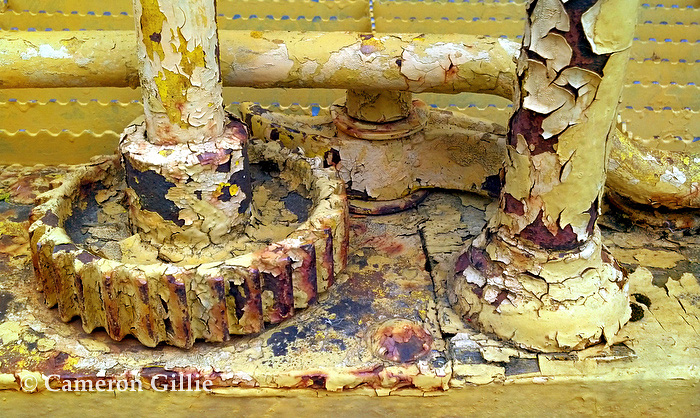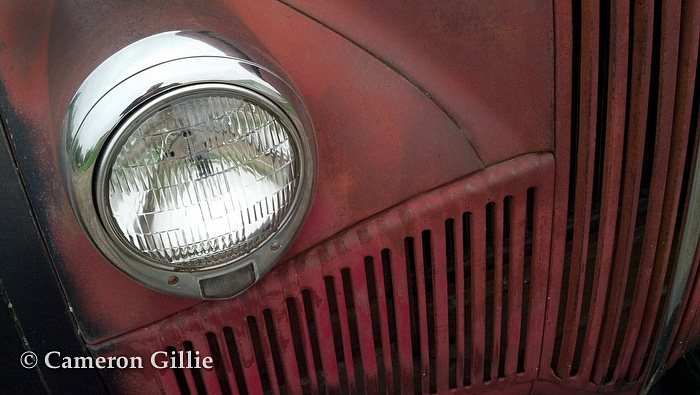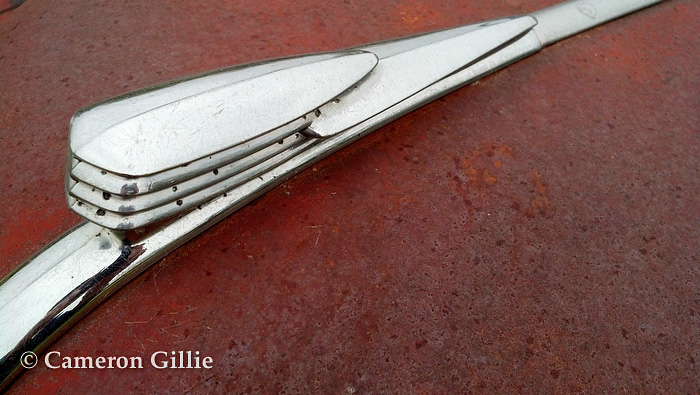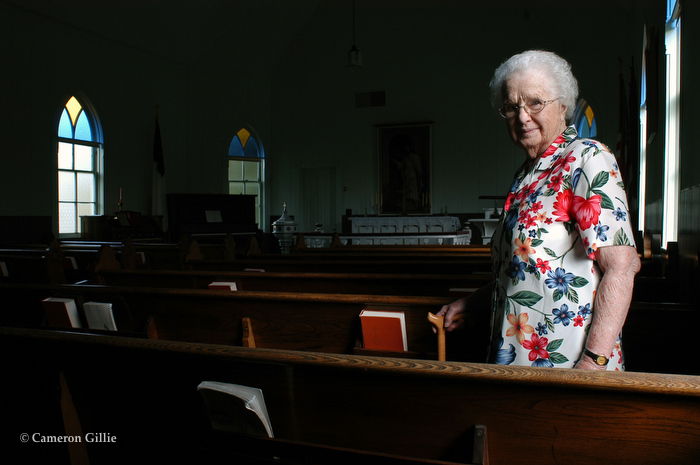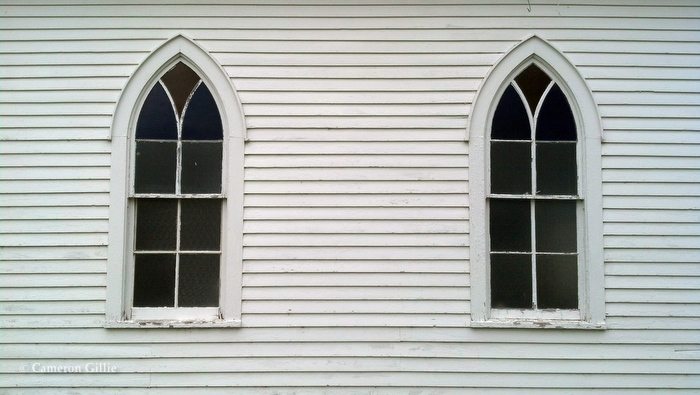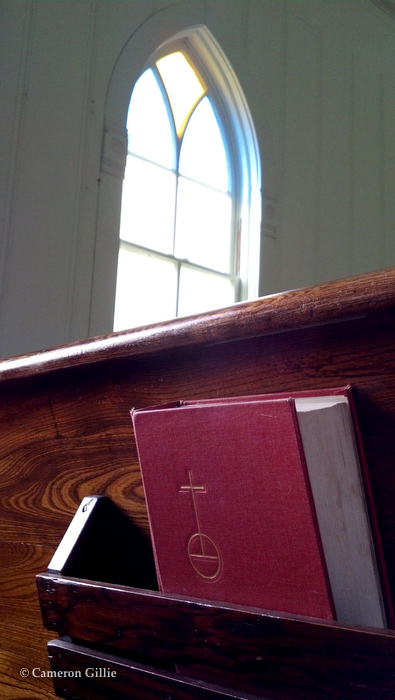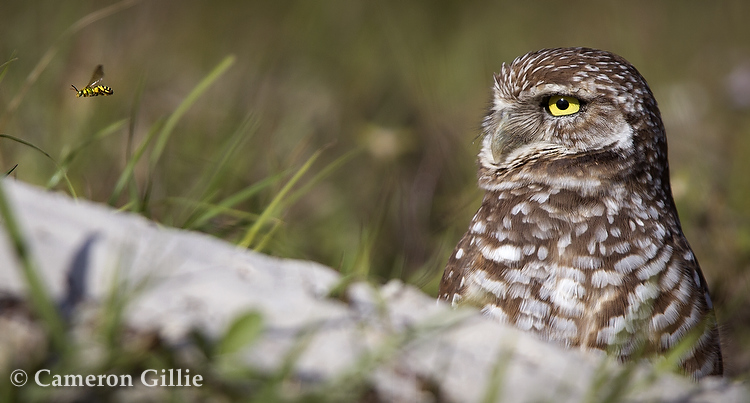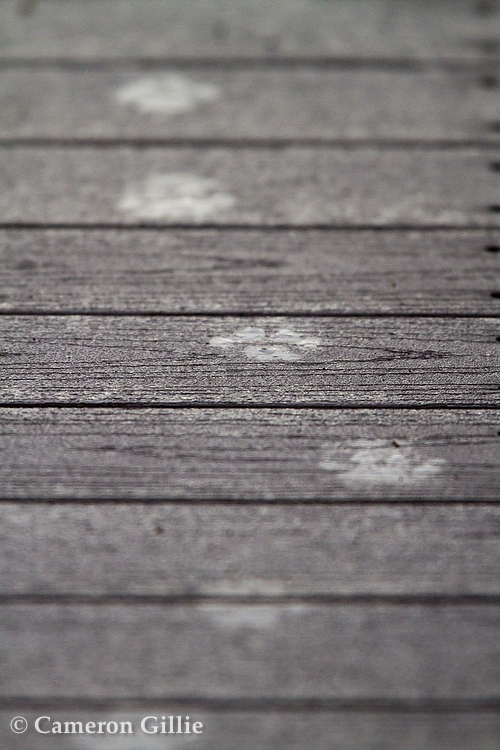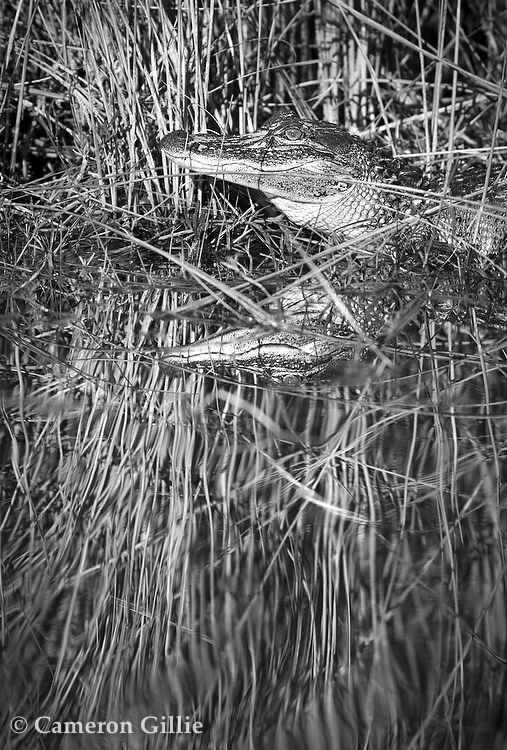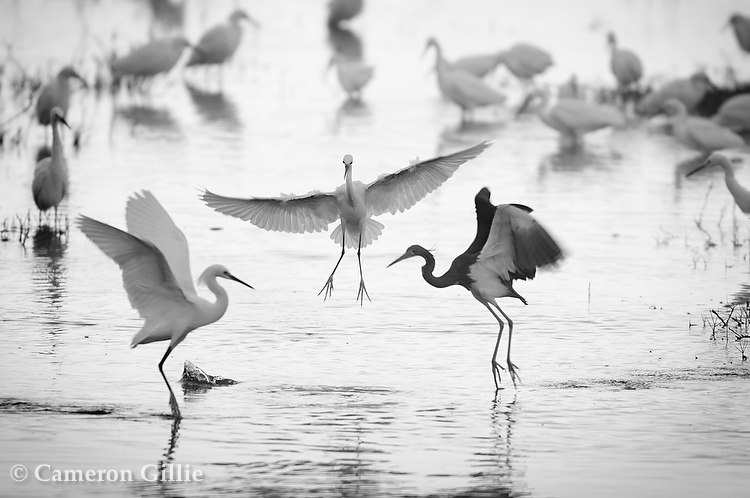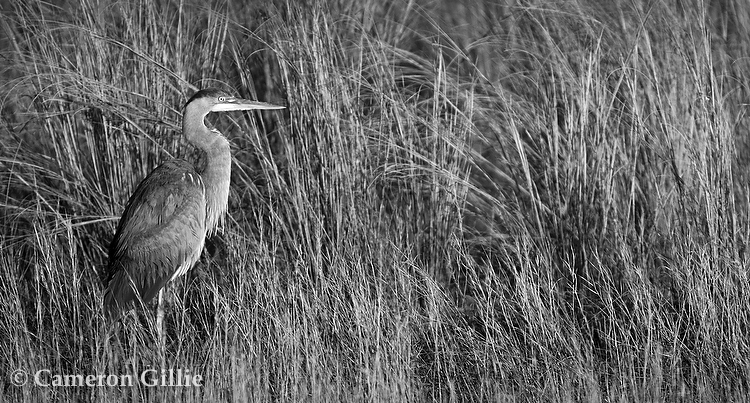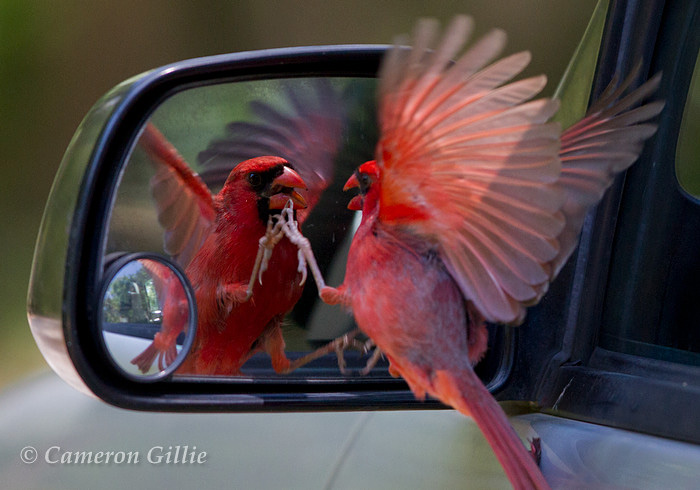The sandhill crane migration at Rowe Sanctuary near Kearney, Nebraska is indescribable. The sight of tens of thousands of cranes flying in to roosting for the night in front of your blind is downright amazing. Then the next morning they start lifting off at sunrise in waves that look like an approaching dust storm coming down the river. You can’t help but get choked up with excitement, and a little panicked trying to photograph it. This is my 2nd attempt in two years to capture one of the biggest migration events in North America. Again I don’t feel like my photos do it justice, so I guess I’ll just have to consider trying it again for a 3rd year!
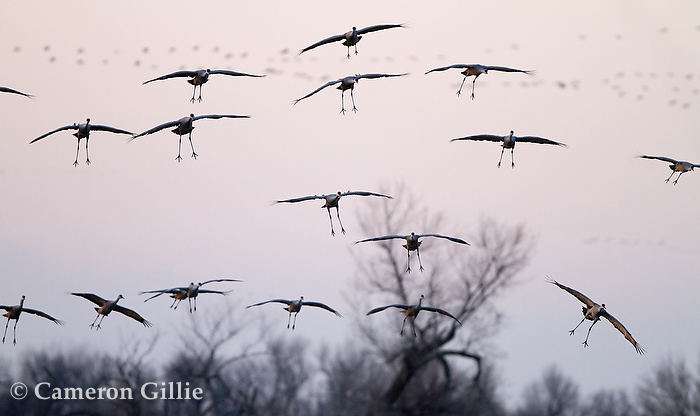
The show starts just before sunset as the cranes start descending into the river’s shallow waters to roost for the night. The cranes float down like paratroopers coming in for a landing. They are returning to the river after spending the day fattening up for the migration in corn fields surrounding the sanctuary.
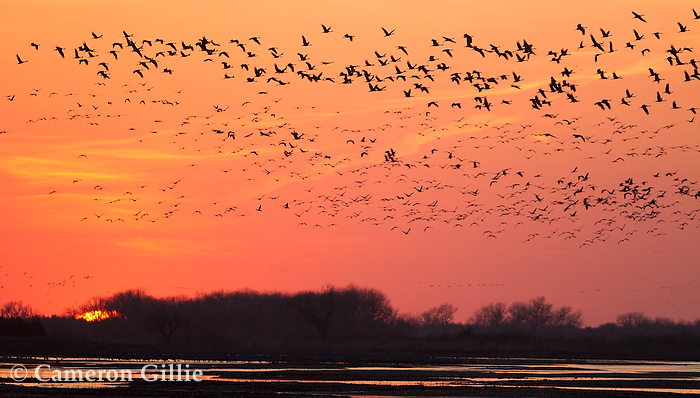
The water levels in the Platte River are critical to provide the cranes a safe place to roost. Historically the river levels in the spring where much higher scouring the sandbars of vegetation in high water flows. Human uses of the water now deplete the river so much that the flow is inadequate to maintain sandbars free of vegetation. So at Rowe Sanctuary they mechanically maintain miles of the riverbed with farm equipment in the fall when the river dries up to keep the sandbars free of vegetation so the cranes have a place to roost. It’s still a fraction of the suitable habitat that once was.
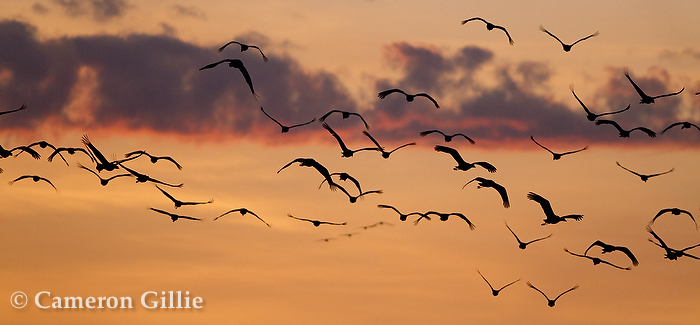
Each individual crane spends about 2 weeks in the area to fatten up before continuing the long migration north to their summer nesting grounds. Some fly as far north as Alaska and even Siberia. Each day cranes are arriving and leaving. The sanctuary is busy with cranes (and crane watchers) for about 6 weeks each spring.

A panoramic photo of the cranes roosting in the river shows just a small section of the river that fills with cranes. (a blog is a bad way to display a long panoramic, but you can get the idea)

These very social birds do a lot of dancing while in the riverbed. You can tell the cranes are enjoying the spectacle of all this as well.

The noisy morning “lift-offs” come down the river in awesome numbers. You can’t help but get an adrenalin rush as you watch.

Cranes mate for life and the young cranes take advantage of their time on the Platte to find a mate. The volunteers at the sanctuary refer to this stretch of the river as the “biggest singles bar in Nebraska.”

Sticks are often picked up and thrown around as the cranes dance to impress a mate.
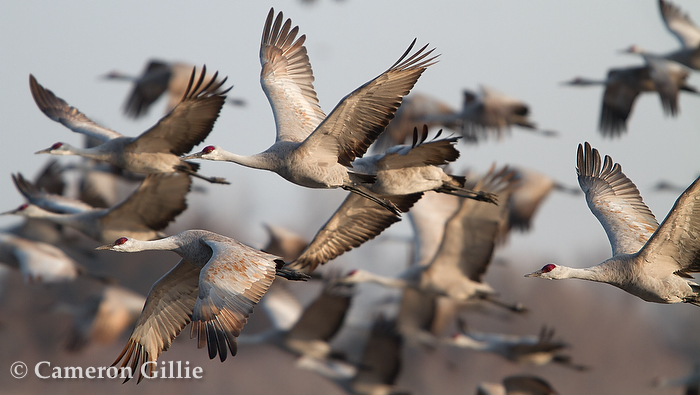
What amazes me is the fact that the cranes (who mate for life) can somehow stay together in the fray of activity at Rowe.
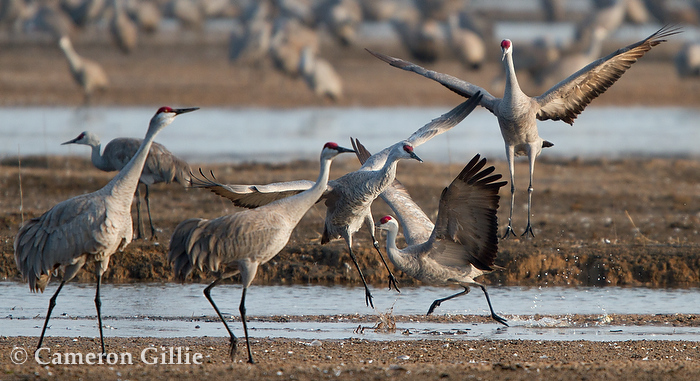
The constant noise of the cranes calling out to each other is about as amazing as the sights. A single crane’s call can be heard up to a mile away. So it’s hard to describe the noise of all these birds.

Snow geese also used the river to roost for the night on their migration to the arctic. They came in after dark and took off before sunrise in the first light of the dawn. The migration in the central flyway of North America is not only a great place to see cranes, but all kinds of birds as they migrate north.

Cranes can travel from 200-300 miles a day and up to 500 miles in a day with a good tailwind. Pretty amazing considering I get pretty worn out driving my CAR for 500 miles in a day!
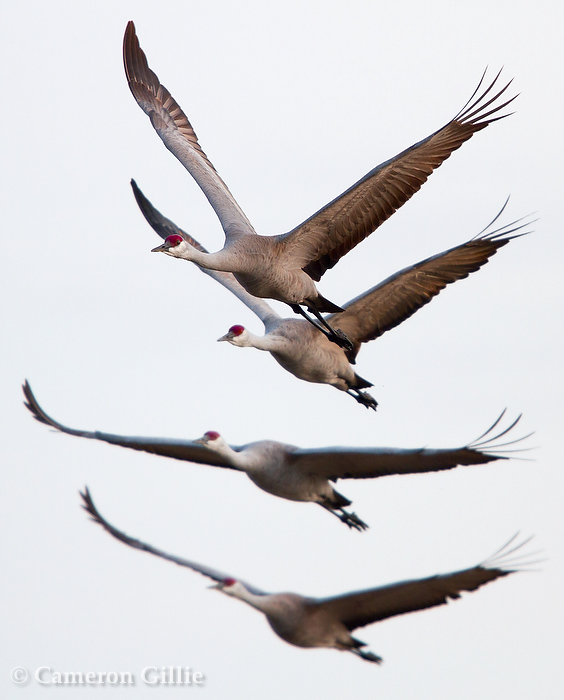
Fossil records show cranes have been inhabiting North America for 9 million years. They are some of the oldest living birds on the planet.
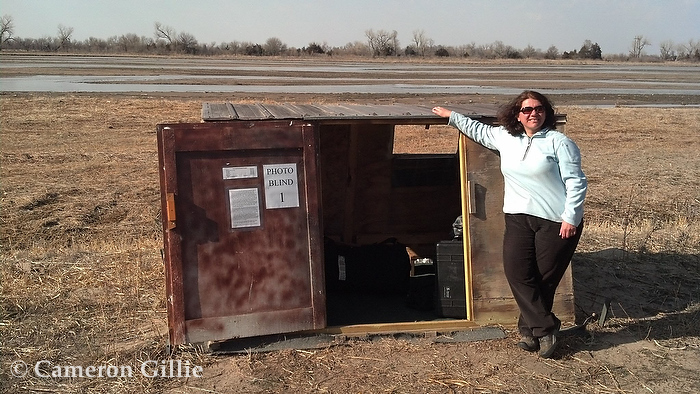
Our accommodations for the night- not very glamorous but has a great view!
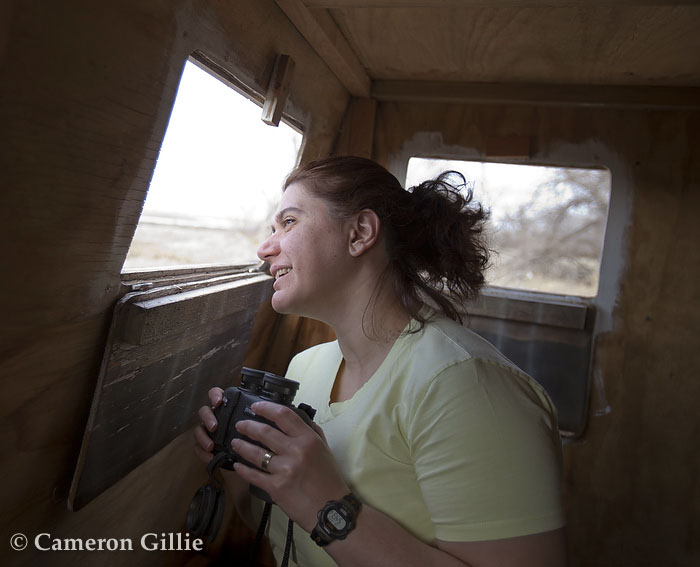
This time Nazan wanted to come with to witness it for herself too, despite having to spend the night in a small wooden blind 8 feet by 6 feet with a 4 foot ceiling during a night that got down to 30 degrees. To protect the birds you are not allowed out of the blind at all for 16 hours (there is a bucket provided as the bathroom facilities) despite all the discomforts she still had a blast.

We were dropped off by an ATV around 5 pm to wait for the cranes to come to the river at sunset. We got picked up again at 9:30 in the morning after all the cranes had left the river. It feels very good to stand up and stretch after 16 hours in the blind!

